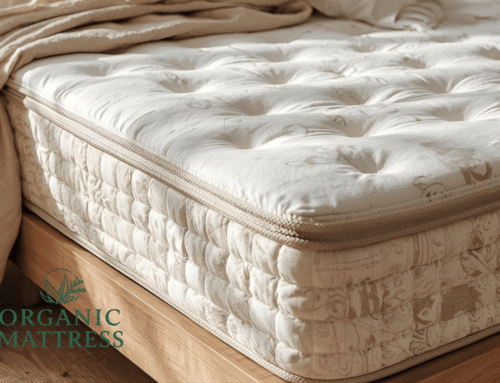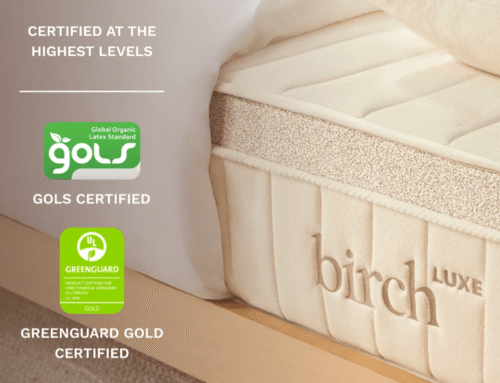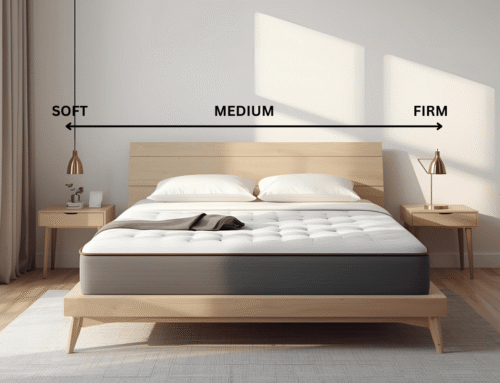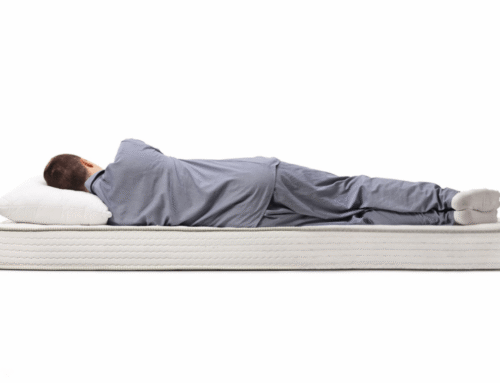Some people get caught up in coil count like it’s the ultimate mattress secret, but experience says otherwise. A high number might sound impressive, yet it doesn’t always equal better support. It’s easy to get swayed by marketing, though what really counts is how those coils perform under pressure.
Before we go further, it helps to understand what exactly an innerspring mattress is and who invented the first innerspring mattress, as these basics set the stage for why coil count matters.
It’s more about coil quality than quantity. Thinner coils packed tightly together can feel less supportive than fewer, thicker ones with better tension. A mattress with a thoughtful coil design tends to support the spine better, ease joint pressure, and still feel plush enough to relax into. Coil count isn’t the most important thing, but it can give a rough idea, especially if combined with the right construction and materials. The key is knowing how those parts work together for long-term comfort and support.
Key Takeaways
- Coil count shows how many springs a mattress has, but real support depends more on coil thickness, quality, and design. More coils don’t always mean better sleep.
- Pocket coils help reduce motion transfer, while offset or Bonnell coils provide firmer support, which is ideal for back pain or heavier sleepers.
- For solid long-term support and less sagging, look for 600–800 coils in a queen size with 13–14 gauge steel.
- Comfort layers matter more than the coil count. Low-quality foam can still lead to discomfort, even in a mattress with a high spring count.
- Coil type and edge support affect how usable the mattress feels. Check for firmness, bounce, and edge strength to find the right fit before you buy.
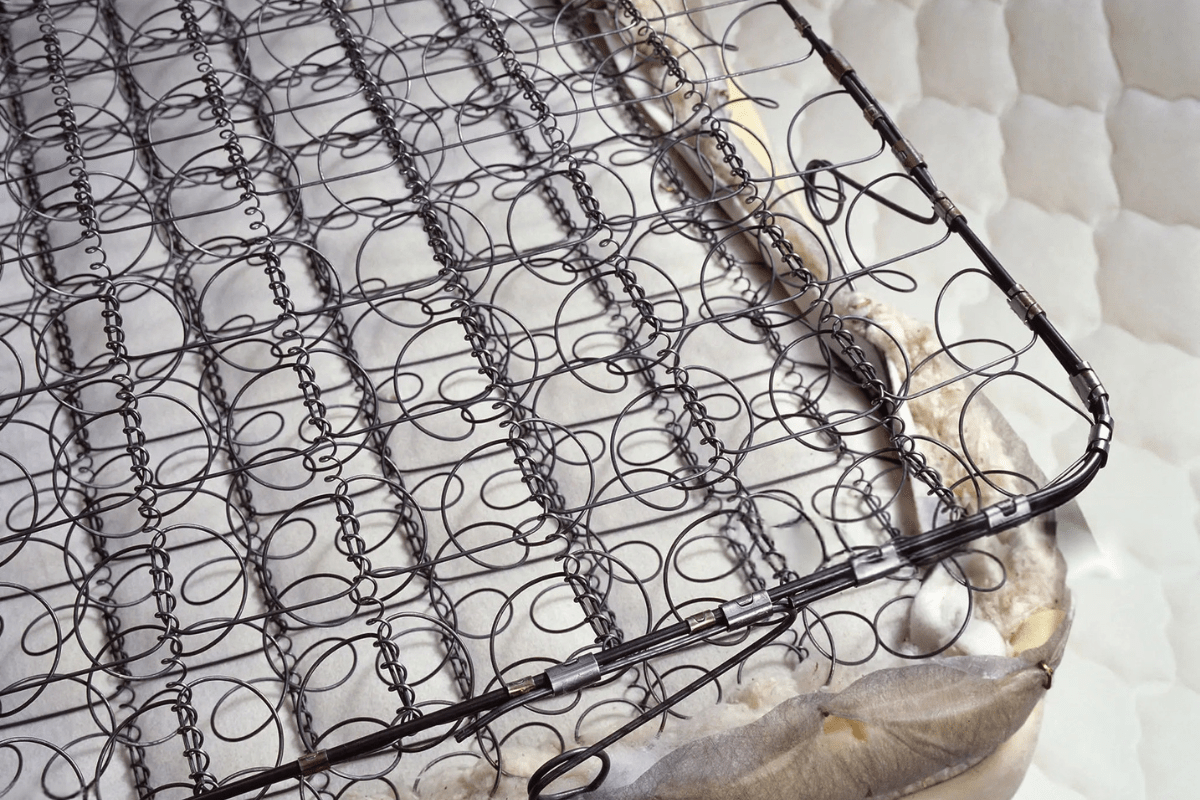
What Coil Count Means In A Mattress
Coil count refers to the total number of springs inside a mattress, typically measured in a queen size. Numbers like 400, 800, or 1,000 often show up on mattress tags, but higher numbers don’t automatically mean better support. Coils are meant to distribute weight and react to movement, but other factors also come into play.
The type of coils used, like pocketed versus open coils, and the thickness of the steel influence how the mattress feels over time. A lower coil count with thicker, higher-quality coils can provide stronger support than a mattress packed with thinner and weaker coils. Some people notice that cheaper mattresses with high coil counts sag quicker.
A lot of shoppers assume more coils equal more comfort, but that isn’t always the case. It helps to look at how the coils are arranged and what kind of material surrounds them. Based on real experiences, mattresses with fewer and sturdier coils often hold up better and feel more supportive across the years.
Understanding how coil systems work also includes the difference between innerspring and pocket coil mattress and how their design influences support, durability, and motion transfer.
Different Coil Types In Innerspring Mattresses
Different coil types in innerspring mattresses can feel surprisingly different. Pocket coils tend to offer a more customized feel since each coil moves independently. Couples often prefer this design because it helps reduce movement across the surface at night.
Offset coils are typically firmer and feel more supportive around the lower back and shoulders. The way they’re shaped helps with body alignment, which some people find helpful if they wake up stiff. These are usually found in higher-end traditional innerspring beds.
Bonnell coils are more common in entry-level models. They can feel bouncy but may not adapt well to pressure points. Continuous coils, on the other hand, use a single wire through the entire system, which offers strong support but less flexibility. Some sleepers describe them as too firm or stiff, especially for side sleeping.
More Coils Don’t Always Mean a Better Mattress
More coils sound impressive, but that number can be misleading. After around 800 coils in a queen, the benefits start to drop off. Beyond that, extra coils may not add much comfort and can actually mess with the structure. Adding a ton of thin coils can cause the mattress to wear out faster. Thinner wires bend more easily, which can lead to uneven support and sagging over time. The real focus should be on coil thickness and how the system is built.
Some brands throw out high coil counts like 1,300+ to sound premium, but that doesn’t guarantee better sleep. Coil gauge and overall design say more about how a mattress performs long term. Those details matter a lot more than flashy numbers.
Understanding these factors is essential in picking the best innerspring mattress and recognizing which features truly matter for comfort, support, and long-term value.
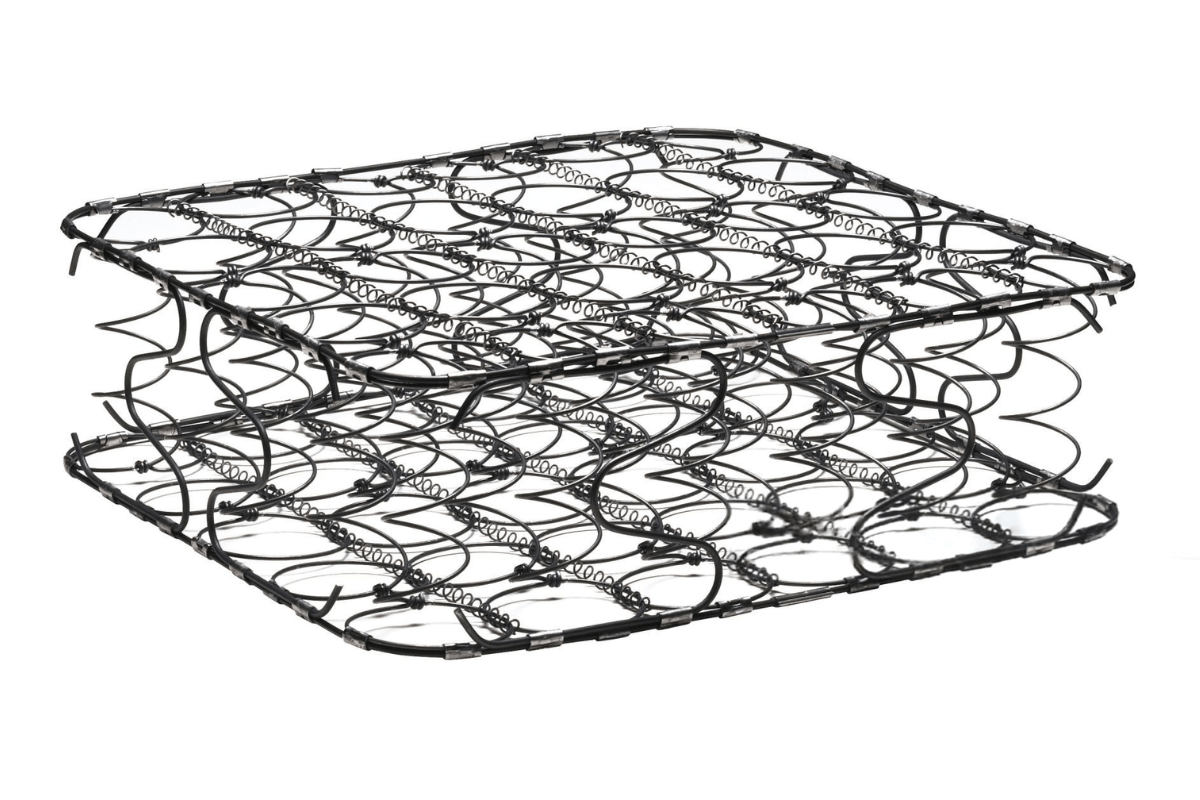
What Is a Coil Gauge, And Why Does It Matter?
Coil gauge tells how thick the mattress coils are. A lower number means the wire is thicker, so the mattress feels firmer and holds up longer. A 12-gauge coil usually feels dense and supportive, especially for people who prefer solid pushback from their bed. Those who like a balance between support and a bit of give tend to prefer 13 or 14-gauge coils. They don’t feel too stiff, yet still keep the spine aligned well. It’s a common choice for combination sleepers who shift between back and side positions.
Softer coil systems, like 15 to 17 gauge, feel more flexible and tend to hug the body. These beds often suit lighter body types or anyone who enjoys a cushier feel around the shoulders and hips. They might not last as long under pressure, but comfort can take priority for some.
How Coil Count Affects Durability
A mattress built with 13–14 gauge steel coils tends to last over time, especially for those who sleep in the same spot night after night. The structure feels more solid and keeps the surface from softening too quickly. Some have used these types for nearly a decade without losing support, which ties directly into how long an innerspring mattress lasts and how often you should turn it for even wear.
On the other hand, coil systems with fewer than 500 coils in a queen often wear out faster. The center starts to dip, the sides feel weak, and back support can suffer. It’s something that shows up sooner in shared beds or for heavier individuals.
For long-term support, coil counts between 600–800 usually perform better, especially when combined with dense foams or natural latex. The added comfort doesn’t just feel nice. It helps the coils last longer. People often notice less sagging and more even support throughout the years.
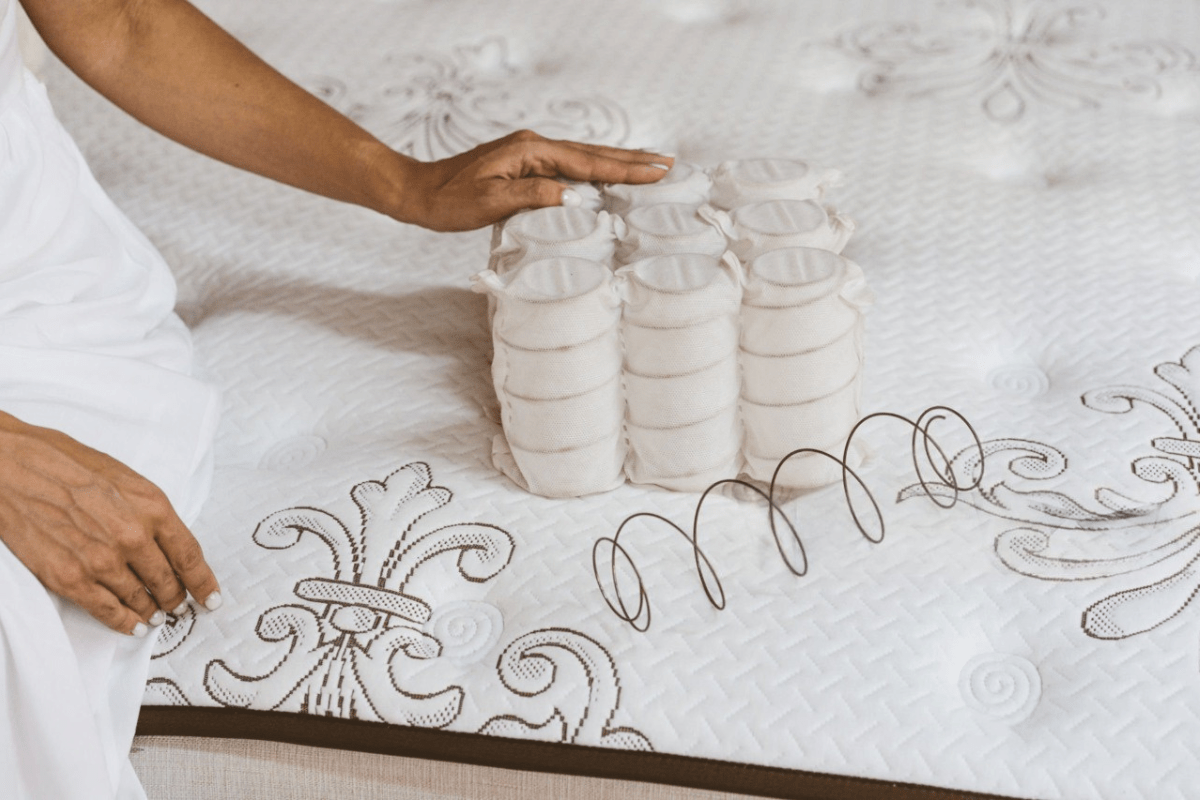
Coil Count VS. Comfort Layers
Coil count matters, but it doesn’t guarantee comfort. If you’re wondering whether to choose an innerspring mattress or memory foam, or which is right for you, understanding how coil count compares with comfort layers can help. People often assume more coils mean better sleep, yet the upper layers play a bigger role in how a mattress feels. A poorly made comfort layer can ruin the overall experience, no matter how many coils are inside.
Some have tried mattresses with high coil counts and still felt stiff or sore the next morning. That’s usually because the foam or padding felt cheap or too thin. In contrast, others have slept better on beds with fewer coils but thicker and higher-quality latex or memory foam on top.
Support from coils helps with structure and durability, yet comfort layers shape how the surface feels night after night. A well-balanced mattress often blends both, but comfort layers tend to leave the biggest impression. It’s the part that touches the body, so that’s what most people respond to first.
When A Higher Coil Count Helps
Some couples notice fewer sleep disruptions on beds with more coils. The added support between each side helps reduce that bounce effect from tossing and turning. It’s not perfect, but it’s a noticeable improvement compared to lower coil models.
Light sleepers often say they sleep more soundly with denser coil systems. More coils spread out their weight better and soften the feel without losing support. That extra surface contact tends to reduce those small pressure points that can wake someone up.
Side sleepers often benefit from the deeper cradle a higher coil count provides. The extra give around the shoulders and hips can feel more balanced, especially for those with sharper pressure needs. It doesn’t fix every issue, but it does add more comfort for side positions.
How Coil Count Impacts Back Pain Relief
Back pain often pushes people to upgrade their mattress, and coil systems quietly shape that whole experience. Mattresses with solid coil support feel more stable during the night, especially for those who toss and turn or sleep on their side. A strong base tends to support the natural curve of the spine without forcing the body into awkward angles.
A mattress with around 600 to 800 coils usually does a better job at holding weight evenly. That number means less sinking in the middle and fewer aches in the morning. A lot of people notice that a firmer coil gauge, like 13 to 14, feels more supportive under pressure, especially in the hips and shoulders.
Some innerspring or hybrid models go a step further with zoned support. These usually have firmer coils under the lumbar area and softer ones near the head and feet. That added structure in the center seems to help reduce pressure for people with lower back pain, especially for those who sleep on their back or switch sides during the night.
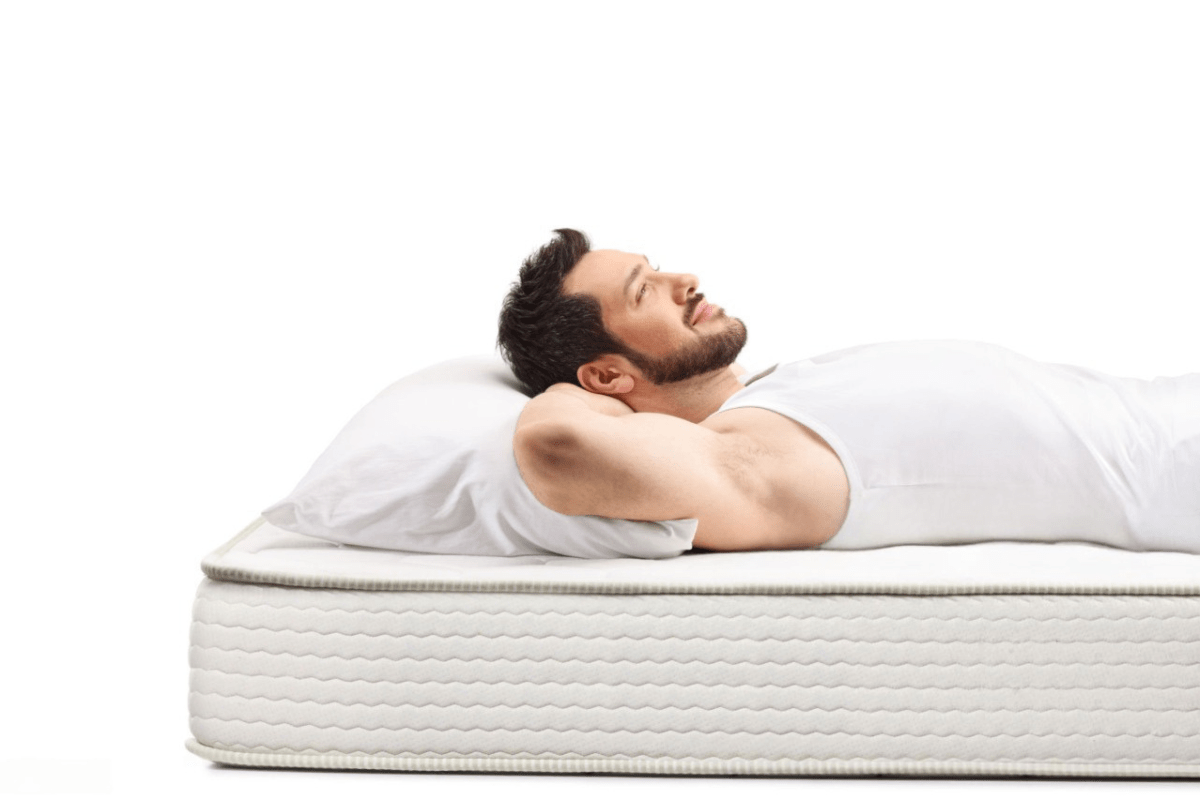
How To Tell If A Mattress Has Good Coil Support
It can be challenging to judge coil support just by looking at a mattress. Checking the coil count, type, and thickness usually helps since most reliable brands provide this info. Typically, a higher number of coils and thicker wires mean the mattress offers stronger support and lasts longer.
Lying down and shifting positions can reveal how the mattress performs. If it sinks too much or feels overly bouncy, the coils probably fall short in number or thickness, which usually means the mattress won’t hold up well in the long run.
Edge support provides another important hint. Sitting on the edge shows whether it stays firm or gives way, which points to the coil system’s strength or if the mattress relies mostly on foam edges. Strong edge support generally means the mattress keeps its shape and gives more usable space to sleep comfortably. The weight of an innerspring mattress also factors into its coil support, as heavier mattresses typically contain more or denser coils, contributing to better durability and firmness.
Final Thoughts
People often focus on coil count when it comes to innerspring mattresses, but that doesn’t tell the whole story. What really matters is the kind of coils used, how well they’re made, and how they work with the comfort layers. A mattress with fewer, stronger coils combined with quality foam usually supports better than one with a high number of cheap springs.
A queen mattress with about 600 to 800 coils made from thicker steel, around 13 to 14 gauge, topped with dense foam or natural latex, tends to offer more reliable comfort. The way coils are designed and how they respond to the body plays a bigger role in support and durability than just coil quantity.
Buying a mattress requires looking past the numbers and focusing on materials and build quality. Asking about coil type, wire thickness, and foam or latex quality provides a clearer picture of what to expect. In the end, a mattress thoughtfully put together leads to better sleep and overall health, especially when understanding the difference between a hybrid mattress and an innerspring, and how many coils an innerspring mattress should have.

